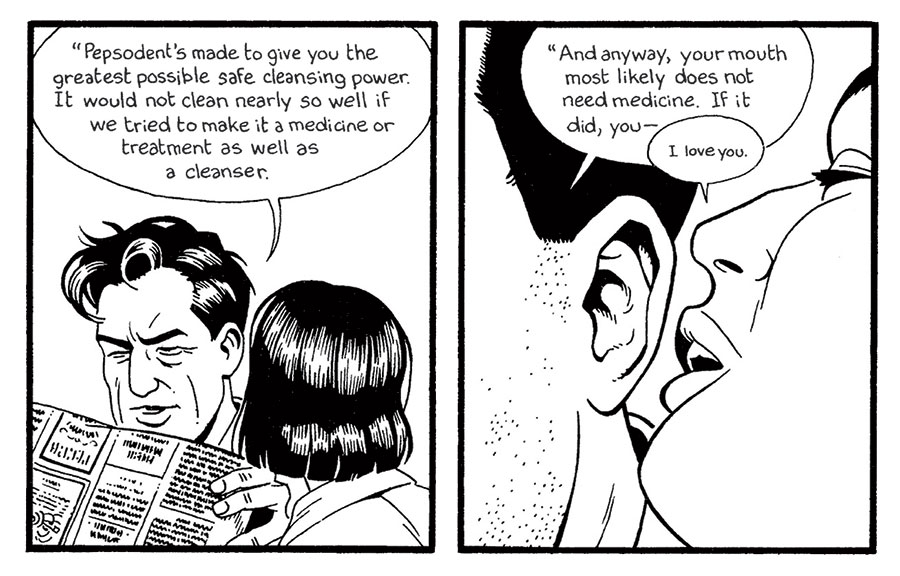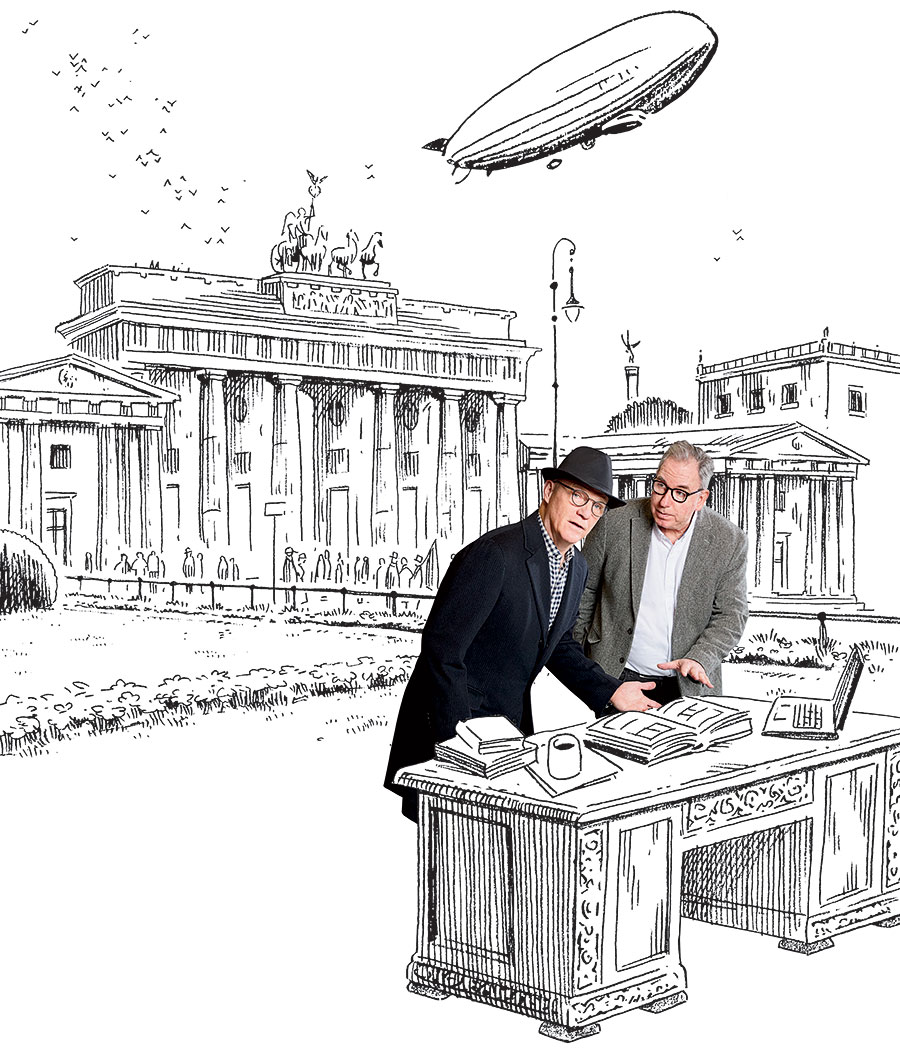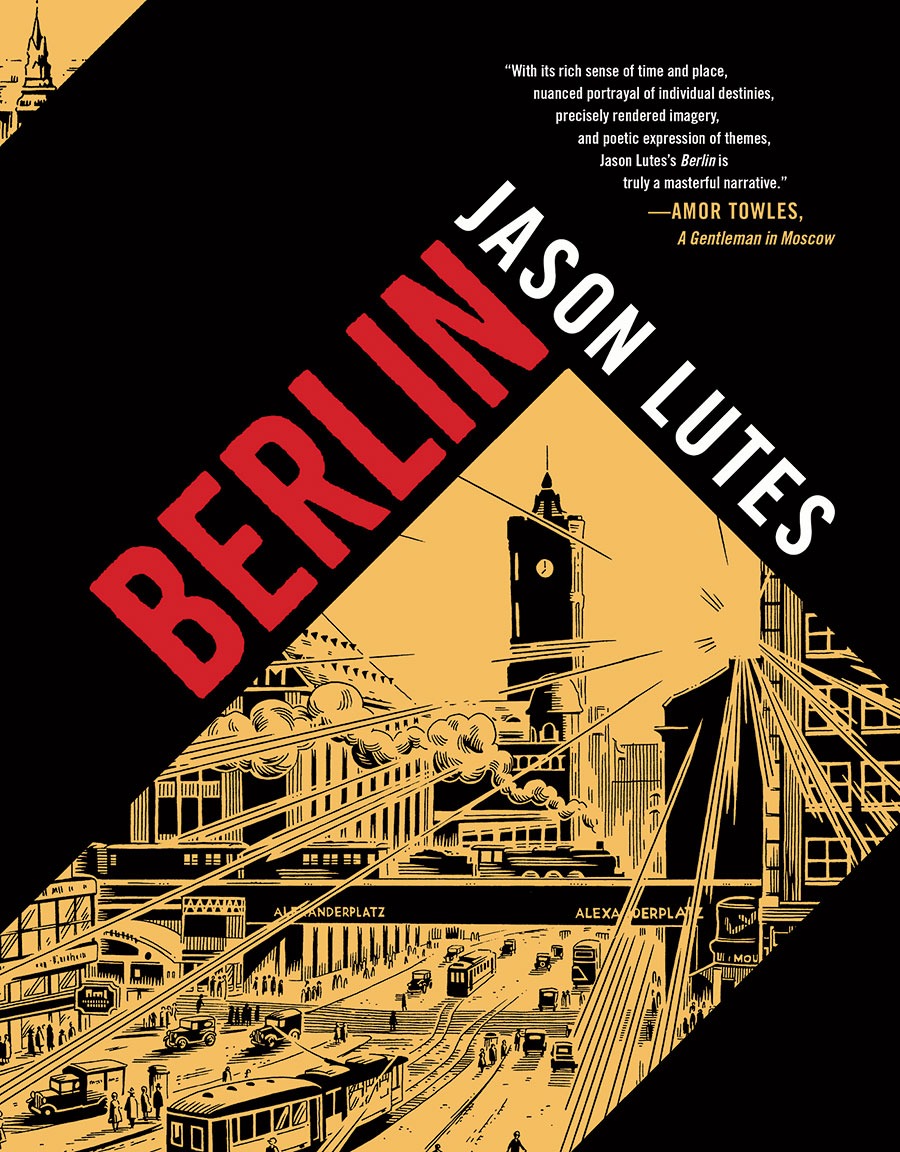I love taking on projects that seem impossible, that stretch me and all of the artists involved,” declares Charles Newell. Sitting next to playwright Mickle Maher, the director brims with enthusiasm while mulling an audacious creative frontier: Court Theatre’s spring production, Berlin, which runs April 19 to May 11. A timely world premiere, it’s set during the chaotic years when Hitler rose to power and Germany slowly goose-stepped into Nazi fascism.
But it’s not the subject matter that’s causing the artistic stretch. It’s the act of adaptation — which says a lot, because both men are known for reinterpreting classic texts over their lengthy careers. Newell, 66, stepped down last summer as Court’s artistic director; among the achievements of his 30-year tenure is the company’s 2022 Regional Theatre Tony Award. Meanwhile, 62-year-old Maher’s plays have been performed worldwide; locally, he cofounded Theater Oobleck and teaches playwriting at the University of Chicago (where the Court resides). So what project could get these seasoned pros excited to twist themselves into more knots than a German pretzel?
“[We’re] tackling the same very important story from a different vantage point.”
— playwright Mickle Maher
That would be using cartoonist Jason Lutes’s 550-page opus, a graphic novel more than 20 years in the making, as their source material. When collected into one volume in 2018, Berlin received rave reviews and landed on multiple year-end “best” lists. The writer-artist traces the lives of dozens of characters in the German capital, including Marthe, an aspiring artist; Anna, a cosmopolitan lesbian; Kurt, a world-weary journalist; David, a bighearted Jewish teen; and Kid Hogan, a clarinetist from Louisiana.
The tumultuous Weimar Republic provides fertile dramatic territory, which is why so many tales are set then. While the Court team could’ve programmed the acclaimed play I Am a Camera — or Cabaret, its more famous musical version — they aimed higher. “Lutes broadened the lens,” says Maher. “He represents every layer of society, and he really goes into the politics and the divisions much more than Cabaret does. That’s what appealed to me: tackling the same very important story from a different vantage point.”
Part of his challenge was condensing the sweeping scope. Five years in development, his script winnows the cast to 12 actors, though the production will still be densely packed: “We are going full steam ahead with a two-hour production, with almost continuous speaking and action,” says Maher, noting that there will be no intermission. Though the production has several songs, Newell describes it as “more of a play with music than a musical.” Adds Maher: “In the comic book, Marthe often refers to the river: The city is a river; her life is a river. That metaphor runs throughout our production as well.”
Their biggest hurdle was transposing the graphic novel’s pages onto the stage. (While the comics-to-film pipeline is well established, that’s not true for theater, Fun Home notwithstanding.) Maher explains by example: “There’s a great moment in the book where Lutes does a close-up on Marthe whispering into Kurt’s ear, ‘I love you.’ We obviously can’t zoom in, but we’re planning to use a theatrical device — in this case, the tableau.” Specifically, other characters will go still, putting the focus on the whisper.

“We spent a lot of time with our design team, looking at how Lutes used the form and structure of a graphic novel to heighten the story,” Newell notes. “Our desire wasn’t to imitate that but to interpret it in the ways of the theater. We’re not doing anything like reproducing his drawings. We’ll use physicality, movement, and design elements — lighting, sound, costumes, and a completely open space — to elicit the metaphor of a river rushing; of trains, trams, and lead characters arriving and departing; of a world in beautiful chaos, both ecstatic and terrifying.”
They say you can’t step in the same river twice, but through this inventive stage version of Berlin, audiences get to view Weimar Germany’s beautiful chaos from a new bank.
A Return to Berlin
Jason Lutes spent 22 years drawing scenes from Weimar Germany for his comic book series that culminated in his 2018 graphic novel, Berlin. For our piece on Court Theatre’s adaptation, we had him create one more to serve as a backdrop for the show’s creators. That’s how director Charles Newell and playwright Mickle Maher came to be standing at a desk in front of the Brandenburg Gate, as depicted by the Vermont-based artist in his trademark black and white. “I literally have not drawn Berlin since 2018,” says Lutes, “so it was fun to revisit it.”





